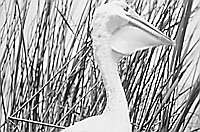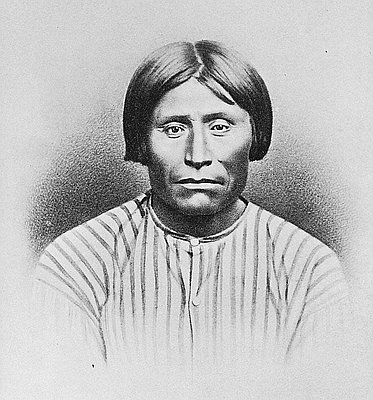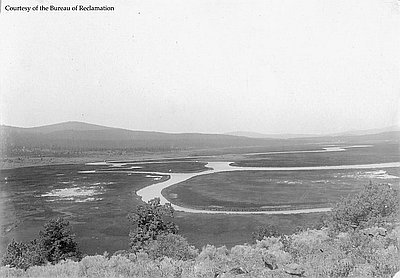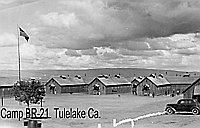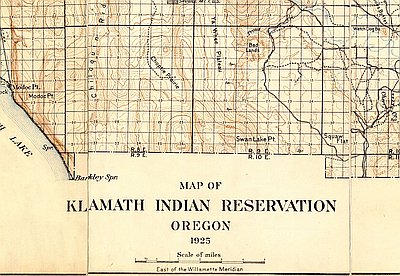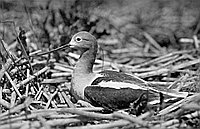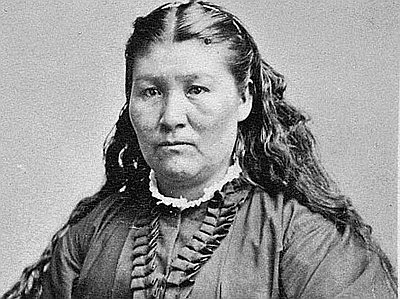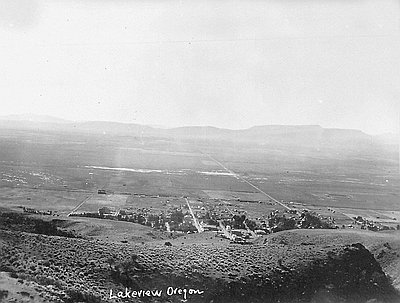Geese over Lakeview
A map of Oregon’s high desert country is splattered with lakes; yet those who visit them may be in for a surprise. In the desert heat so much water evaporates that entire lakes may disappear from time to time. According to the WPA Guide to Oregon, emigrants traveling the Applegate Trail followed wagon ruts to a lakeshore, and these continued “from the water’s edge on the opposite shore, though the lake was too deep to ford.” When Goose Lake dried up some years later the mystery was solved: wagon ruts crossed the dry lakebed, connecting the tracks on the two shores.
During the spring, Goose Lake earns its name. Flying from Mexico with stops in California, geese and ducks rest there before continuing north to feed and breed in Arctic tundra. Again in the fall, as they journey south, snow geese, Ross’ geese, and cackling Canada geese find their way to Goose Lake.
Nineteenth-century emigrants traveling west may have been astonished by flocks filling the skies east of the Cascades, but few settled in Oregon’s high desert, preferring the lands across the mountains. But the railroads, wanting to populate their right-of-way in order to carry more freight and raise revenues, advertised that “rainfall follows the plow.” When the “Enlarged Homestead Act” of 1909 offered 320-acre land claims to those who would irrigate the desert, speculators started selling future oases near places like Lakeview to gullible easterners. Those who found a lake near their land were the fortunate ones.
“The homesteaders had no chance,” recalled R.A. Long in his book The Oregon Desert. “A homestead is supposed to be farmland—but the desert isn’t farmland. Rainfall can drop to as low as five inches a year, which won’t raise any known crop. So they were poor, deluded persons. But they were not beaten, bitter, or downtrodden. Against all reason they were happy. . .to a man, they remember their homestead days as the happiest time of their lives.”
Irrigation drawing waters from Goose Lake helped some homesteaders make a living on the land in the twentieth century. An ironic result is that the lake is no longer visible from Lakeview.
© Stephen Most, 2003. Updated by OHP staff, 2014.
